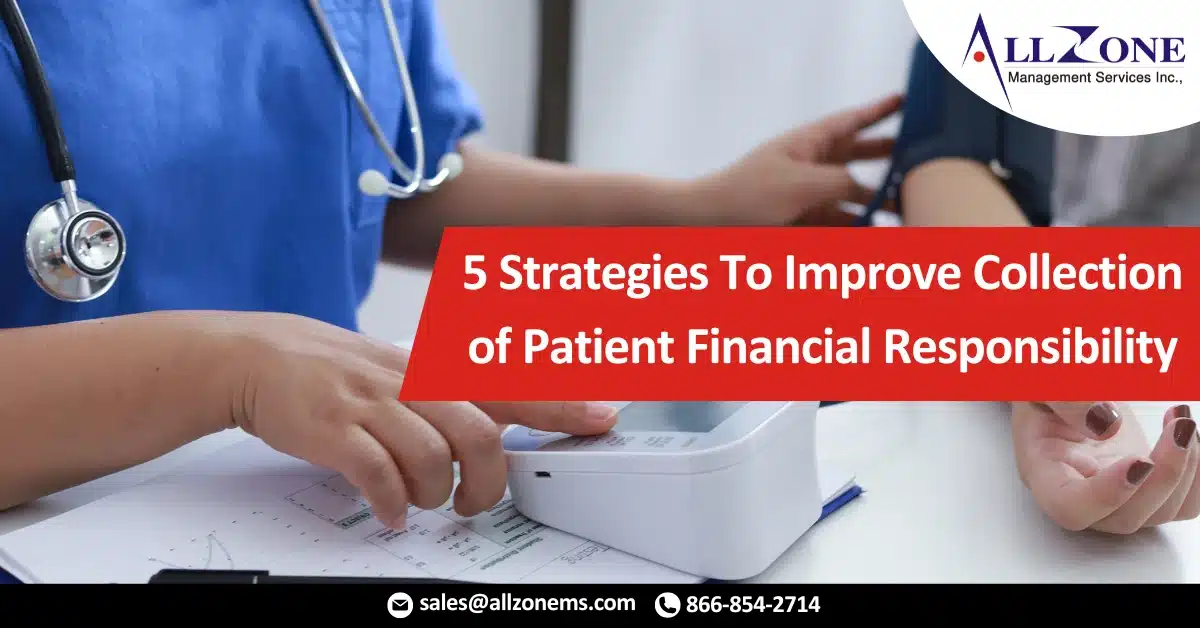Patients’ financial responsibility for their healthcare is on the rise and showing no signs of slowing down. Long gone are the days of $25 co-pays and $250 deductibles. A TransUnion Healthcare analysis showed that patients experienced an 11 percent increase in average out-of-pocket costs during 2017, rising from $1,630 in the last quarter of 2016 to $1,813 in the last quarter of 2017. A 2017 Black Book survey found that since 2015, patients have experienced a nearly30 percent increase in deductible and out-of-pocket maximum costs, with out-of-pocket costs rising to over $4,400.
The dramatic increase in patient financial responsibility places a greater burden on ASCs to collect as much of what patients owe for their care as possible. With tightening reimbursement and increasing costs, surgery centers can ill afford to leave money on the table.
Follow these five strategies to improve the likelihood of collecting in full from patients.
1. Focus on communication.
The more you can do to clearly inform patients of what they will owe for their care and why the figure is what it is (see strategy #2), the more likely you are to get paid. Include discussion of patient financial responsibility in pre-operative communications. Keep explanations short, eliminating any unnecessary details that may confuse consumers or discourage them from listening to or reading information. Use simple language, avoiding medical jargon whenever possible, to help ensure patients with all levels of education can understand what is expected of them. Always identify a way for patients to ask questions. Also, develop the means to provide communications in different languages and formats (e.g., email, text message, physical mail).
2. Deliver education.
Many consumers lack a strong understanding of their health insurance, from what it covers (or doesn’t) and what that means for how much of their care they will need to cover themselves. Depending upon how closely consumers pay attention to their health insurance and how frequently they receive care, some may be shocked to learn that their premiums and deductibles have skyrocketed as covered services have declined.
While it would be nice if insurance companies took the time to educate their members on how plans work and why rates and coverage change over time, don’t expect this to be case. Consumers are likely to want you, as a healthcare provider, to fill in their knowledge and understanding gaps. Be prepared with literature and messaging that defines key terms and addresses common questions about insurance and out-of-pocket expenses. As noted in strategy #1, keep language clear and simple.
3. Offer payment choices.
While some patients may have the means and choose to pay for their care in cash, many will look for a way to spread out payments over time. Consider offering flexible financial solutions. One particularly effective option that can benefit patients and ASCs is the offering of a secured loan to cover surgical costs. Through this innovative approach to payment, select lenders are funding providers soon after patients undergo procedures. Lenders manage all collections activities, with patients receiving loan packages that fit their budgets and financial profiles. Such a solution can help enhance ASC revenue cycle performance and support case volume growth.
4. Provide advanced notice.
As noted earlier, it is worthwhile to discuss patient financial responsibility in your pre-operative communications. Inform patients of what they are likely to owe for their care before the day of surgery, even if the number you quote is an estimate. This will help patients prepare for the expense and provide time for patients to plan for how they will pay for their procedure. It will also give you the opportunity to explain payment options. When you can discuss these matters prior to the procedure date, patients are more likely to be receptive to the information you are conveying and less distracted than if you attempt to cover all these details on the day of surgery while patients are nervous about their procedure.
5. Simulate conversations.
It is said that practice makes perfect, and that holds true concerning collecting from patients. Make sure staff training covers how to effectively — and compassionately — discuss financial responsibility with patients. Use role-playing to better prepare staff for all types of interactions with patients, including those who express anger and confusion about their high out-of-pocket cost or fear of an inability to pay for their care. The development and use of scripts can help ensure conversations cover all critical areas of focus and move discussions forward toward a desired result.
For more information: 5 Strategies To Improve Collection of Patient Financial Responsibility

